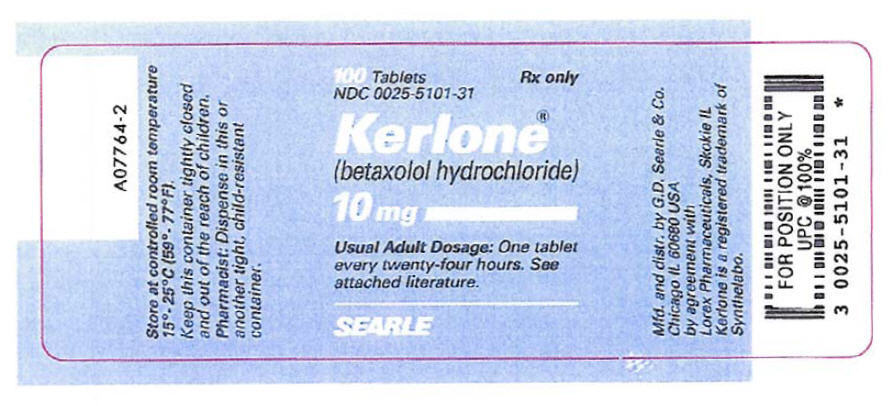
Kerlone | Betaxolol Hydrochloride Tablet while Breastfeeding
What is Kerlone | Betaxolol Hydrochloride Tablet used for?
What are the risk associated with Kerlone | Betaxolol Hydrochloride Tablet usage while breastfeeding? What precautions shall I take while using it in breastfeeding?
Nursing mothers Since Kerlone is excreted in human milk in sufficient amounts to have pharmacological effects in the infant, caution should be exercised when Kerlone is administered to a nursing mother.
Kerlone | Betaxolol Hydrochloride Tablet Breastfeeding Analsys
Betaxolol hydrochloride while Breastfeeding
CAS Number: 63659-18-7
Because of its relatively extensive excretion into breastmilk and minimal reported experience during breastfeeding, other beta-blocking agents may be preferred for systemic use, especially while nursing a newborn or preterm infant. With use of betaxolol eye drops, it is not likely that sufficient amounts would be present in milk to affect the infant. To substantially diminish the amount of drug that reaches the breastmilk after using eye drops, place pressure over the tear duct by the corner of the eye for 1 minute or more, then remove the excess solution with an absorbent tissue.

I already used Kerlone | Betaxolol Hydrochloride Tablet and meanwhile I breastfed my baby should I be concerned?
We are not completely sure about safety of Kerlone | Betaxolol Hydrochloride Tablet in breastfeeding. We would suggest you to contact your doctor or health care provider and explain your situation with Kerlone | Betaxolol Hydrochloride Tablet. If you observe anything abnormal with your baby please call 911 or contact emergency services in your area.
I am nursing mother and my doctor has suggested me to use Kerlone | Betaxolol Hydrochloride Tablet, is it safe?
If your doctor considers Kerlone | Betaxolol Hydrochloride Tablet safe enough to prescribe for you that means its benefits outweigh its known risks.
If I am using Kerlone | Betaxolol Hydrochloride Tablet, will my baby need extra monitoring?
Not Sure, Please check with your doctor or lactation consultant.
Who can I talk to if I have questions about usage of Kerlone | Betaxolol Hydrochloride Tablet in breastfeeding?
US
National Womens Health and Breastfeeding Helpline: 800-994-9662 (TDD 888-220-5446) 9 a.m. and 6 p.m. ET, Monday through Friday
UK
National Breastfeeding Helpline: 0300-100-0212 9.30am to 9.30pm, daily
Association of Breastfeeding Mothers: 0300-330-5453
La Leche League: 0345-120-2918
The Breastfeeding Network supporter line in Bengali and Sylheti: 0300-456-2421
National Childbirth Trust (NCT): 0300-330-0700
Australia
National Breastfeeding Helpline: 1800-686-268 24 hours a day, 7 days a week
Canada
Telehealth Ontario for breastfeeding: 1-866-797-0000 24 hours a day, 7 days a week
